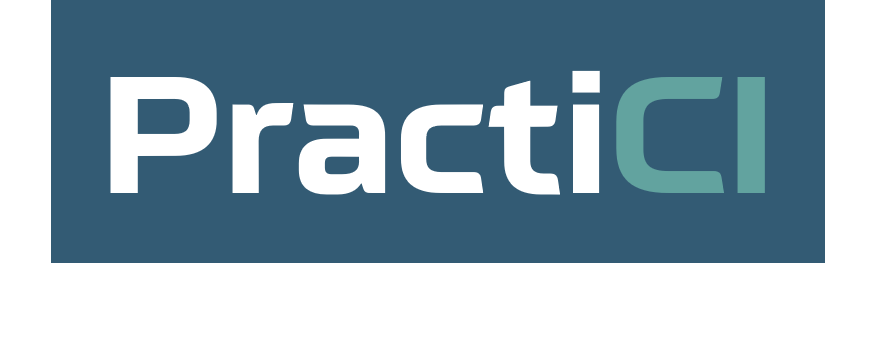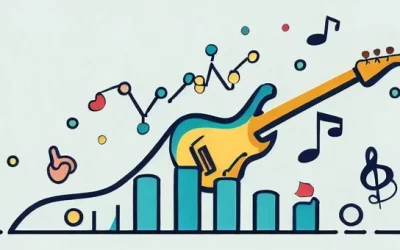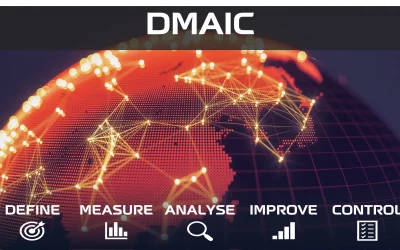Introduction
Key stakeholder prioritisation is a critically important element of any improvement project. Get it right and our project can be supported and accelerated far more than we can imagine. However, if we get it wrong, our project will turn into a soggy mess, bogging everything down.
In many ways, the process of identifying and setting key stakeholder priority is just like qualifying in Formula 1. Really? Yes, let me explain…
F1 qualifying is a process. The teams have a few free practise sessions to get the car tuned in to the track and then it’s a straight fight over one lap on your lightest, fastest set up. Let it all hang out. Sometimes, here’s looking at you Mr Charles Leclerc, it’s either brilliant or in the barrier. It’s a pure show combined with big cajónes and for what? To set the starting grid for tomorrows race.
In essence, the grid defines the priority of the driver and car in the context of the forthcoming race. And that’s exactly how we ought to view our processes for setting key stakeholder priority. Before we get underway, let’s take a quick look at what most people do today.
The Traditional Way
Now, I’ll be honest, I hate the phrase ‘stakeholder management’. Its implication is as empty as it is explicit, ‘just manage your stakeholders and it’ll all be fine’. We’re all taught that stakeholder management is critical to project success yet speak to any seasoned practitioner about this activity and they’ll all readily admit the need, approach and tactics differ from project to project and can be dynamic within the lifespan of any project.
Every new trainee in LSS or Project Management will have been shown the stakeholder grid. List them down the left, define their current level of support on the right and where they need to be. Prioritise them by influence.

Stakeholder Management is then positioned simply as moving the priority people from where they are to where they need to be.
Anyone can jot down a list of stakeholders, produce a nice grid and take a guess at where their level of support is and needs to be. In reality, that’s what a lot of people do, primarily because it’s easy, quick and avoids the potential for difficult conversations.
Problem is, by just listing out 20 or 30 stakeholders and self determining their priority, you’ll end up with too many that are ‘high’ priority and no guarentee they are the right ones.
And that’s just not focused enough for my liking.
Setting Key Stakeholder Priority, The F1 Way
Stakeholders matter. What’s more, a small number really matter, disproportionately so. More often than not, a key stakeholder is in a position of influence and power (lets define ‘influence and power’ as either having responsibility or setting direction over something: the project, a team, a process, a product, a customer group etc).
The thing with these folk is that you can’t manage them. They’re often peers or more senior and have different reporting lines, let alone different agendas. So, you have to work with them and influence them indirectly. That’s just part of what we sign up to do. But first, you need to know who they are. You might think it’s obvious, but as projects get bigger and cross functional or multi geographic in nature, you probably don’t.
Recognising the disproportionate and dispersed nature of stakeholders, here’s my F1 style approach to identifying and setting key stakeholder priority.
Free Practise 1 – Who Are The Real Drivers?
My opening discussion on any project is with my project sponsor and always includes a stakeholder discovery session.
I start by trying to get a list of stakeholders by asking the following:
- Which processes/sub-processes are in scope? Who owns these?
- What teams/people are involved, directly or indirectly? Who are their leaders and their bosses?
- Which systems/products are impacted? Who owns these?
- Are there expected customer impacts? Who faces off to these customers?
Then, once I have that list of stakeholders, I go individually, asking questions such as:
- How supportive have they been on previous changes?
- If we achieve our goals, what do you see as the main areas that might change for this person?
- How might that be received?
- What’s been tried previously to get them to shift position?
- Did it work?
And so on.
I usually allocate an hour or so to do this on a mid-sized project. It’s intense, evidence based and by the end your sponsor should look thoroughly worn out.
Based on this I’ll then do my own pre-prioritisation which I’ll use to loosely schedule one to one time with those stakeholders. I’ll pick up to the top 10, less on smaller projects. 1-2 hours each. Yep, setting the grid takes effort.
Free Practise 2 – What Motivates Your DriverS?
In each meeting I let the stakeholder talk first, but I don’t just let them speak about anything. I guide them in the discussion to cover the following.
- What are they responsible for?
- Is there anything that doesn’t work well today? What does?
- Who are their key people?
- From who do they take steer/direction from?
- What is performance like? How do they assess performance?
Then I’ll outline what I know about the project so far, typically focused on what, why, how, when and, who.
I then ask them questions such as,
- Right now, what’s your initial feeling/thoughts about this project?
- How do you see the project working?
- Who on your team would be good to support it?
- What would success look like?
Lastly, we discuss implications, both specific to them and wider to the business.
- If we had to, how open are you to changing this process/product/team/function etc?
- Do you want to be involved, and, if so, how much?
- How informed would you like to be etc?
My questions might differ depending on the nature of the project and their responses.
I keep it all as informal as possible, reasonably light-hearted and listen attentively.
And I make copious notes, pages of them.
Free Practise 3 – Which Drivers Count?
I may also choose to speak to other people that a stakeholder may have mentioned to find out more about their area. Or a different group to assess positions I’ve heard the stakeholder mention but where I’ve heard elsewhere in the organisation an alternative opinion, especially on performance and issues.
Afterwards I assess their support. I do this both individually and as groups, like several leaders from a single or related function. This group analysis helps further to understand where influence and direction may originate from.
Their support is assessed against the aims and ambitions of the project as we understand them today. DMAIC projects can be dynamic as information arises through the Measure and Analyse phases, so this view is always based on what we know now as it may change.
If I invest this time, I find I can build a proper picture of which stakeholders matter the most as well as discovering what motivates them and what they care deeply about.
Qualifying – Setting KEY Stakehodler Priority
Then I go all in F1, qualli mode.
I create a key stakeholder race grid of them. On the front row I put my top two. Yes, two. These are the two people, or groups, without whom the project cannot succeed. Narrowing down to just two takes extreme focus and requires genuinely deep reflection and assessment to achieve.
It’s not always about seniority. For instance, if I identify someone critical to the project that the team absolutely needs unfettered access to, they will go on the front row and someone in their leadership chain who can ensure their access could be on the second or third row. Might be their boss, might be higher.
It’s also not just about individuals. Many times, my front row has been blocked out by a group from a single function. In one project, the front row was a group of senior salespeople each responsible for different market segments and, alongside them, their exec boss. They were the front row because, collectively, their group impact was far more significant than individually.
Key Stakeholder Focus
Prioritising this way helps me focus on getting to the project outcome faster. Sure, I might have someone who has a big gap to cover between their level of support today and where it needs to be but, if they’ve been assessed and are on the 10th row, they don’t need our attention just yet. Perhaps after the second round of pit stops in the Improve phase, it might be different, but not right now, at the start.
My time, my efforts, my strategies are usually focused on rows 1 to 2, maybe row 3 in larger projects. In F1, over 85% of races are won by those who start on the front three rows. In your projects, you’ll increase your success if you take those rows with you by wisely giving them more of your attention. That doesn’t mean I totally ignore the others, just that the time and depth I spend with them will be much less.
This gives me between 2 and 6 key stakeholders to define strategies on how the project team will work closely with them.
That chat on stakeholder strategy can wait for lights out tomorrow.
For now, our key stakeholder priority grid is set, and our project is on pole.
Job done.










0 Comments